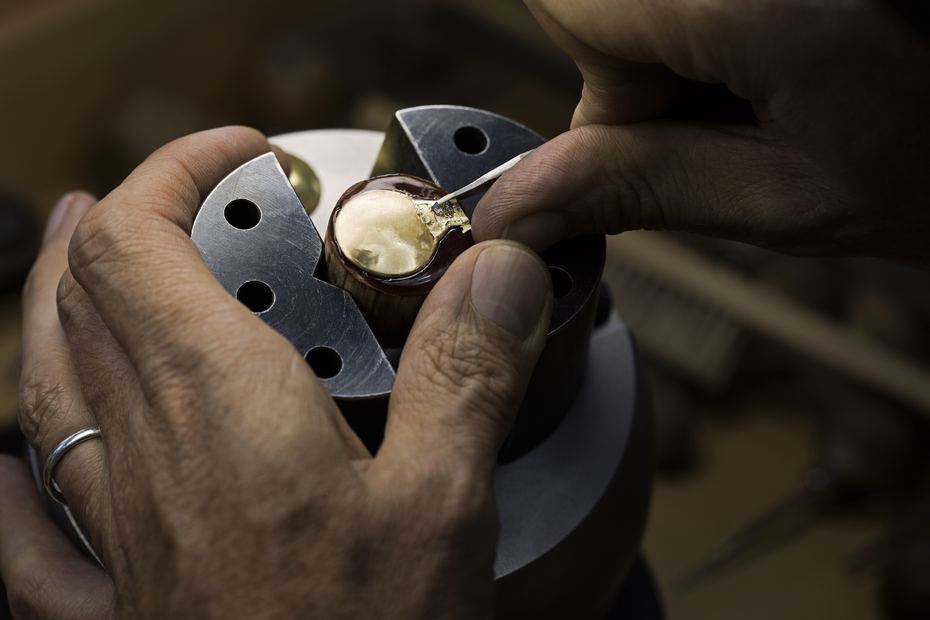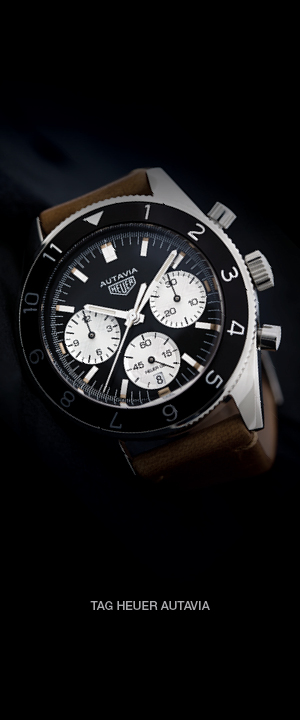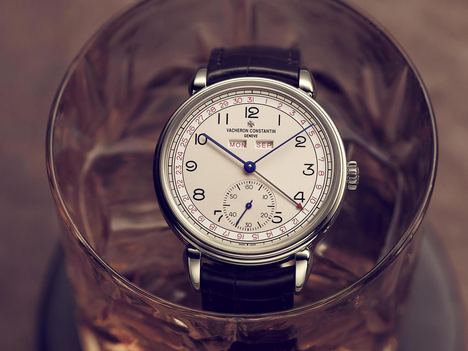Vacheron Constantin’s new Métiers d’Art collection is inspired by historic drawings of the balloons that shaped human flight.
Conquering the sky by balloon has been a wonder of the human imagination for centuries. The idea that a balloon could sweep a human of their feet and carry them high into the atmosphere was once decried as ludicrously improbable as the idea that a machine could be built that could fly one side of the globe to the other.
But in Paris in 1783 that ludicrous improbability became a reality as, to the astonishment of thousands of spectators, Jean-François Pilâtre de Rozier and François Laurent d’Arlandes were aboard the first ever hot air balloon that carried humans towards the heavens.
Recreating the look and feel of a hot air balloon on the wrist, one could claim, is a similarly ludicrous and potentially improbable endeavour. But that assumption would also be wrong. For Vacheron Constantin’s limited edition Métiers d’Art Les Aérostiers collection takes bespoke watchmaking to new heights.

Taken from historic drawings of the balloons that shaped human flight, the Métiers d’Art Les Aérostiers is a unique five-piece collection by the luxury Swiss watchmaker that pays homage to the early history of hot air balloonists from the 18th century. Known as aérostiers, the pioneering balloonists’ determination to reach the skies, inspired a fascinating and influential moment in the history of human flight.
Vacheron’s artists have created five timepieces that commemorate five historic moments in the early history of hot air ballooning. Specifically the five flights undertaken in France between 1783 and 1785. Five have been made of each timepiece, making the collection a unique collector’s item. As such, each comes with a price tag in excess of $100,000.
The dials are highly decorative canvases of horological delicacy. On the dial of each watch a hand-engraved, micro-sculpted hot air balloon looms over a translucent plique-à-jour enamel face. This specialist type of enamelling is incomprehensibly intricate and complex but visually stunning, and creates a rarefied stained glass effect.
The time is displayed beneath the hovering balloon to the beat of Vacheron’s 31mm automatic Manufacture Calibre 2460 G4/1. Vacheron’s four-piece calibre shows the date, hours, minutes and days of the week through apertures around the outside of the dial.
The cases are 40mm in diameter and 12.7mm thick, and the 237-part movement mechanics are visible through the sapphire case back.
The five iterations of the dials in the Les Aerostiers collection depict a different hot air balloon from the 18th century in extraordinary detail, each with a different colour scheme to complement the historic ballooning moments.
The five pieces in the Métiers d’Art Les Aérostiers collection are:
The Versailles 1783: In front of King Louis XVI and Marie Antoinette at the Palace of Versailles, an aerostat designed by designed by Étienne de Montgolfier rose into the air for the very first time. This historic “aerostatic experiment” had a sheep, a rooster and a duck on board. An odd mix of company. Or the start of a bad joke. In fact, the survival of these animals would suggest that there were sufficient levels of oxygen at a given altitude. There were no guarantees that no animals were harmed in the production of Montgolfier’s experiment. Engraved in white gold, the basket and its floating ropes, having been slightly damaged by the landing, are perfectly visible beneath the opulent 5N gold balloon.
The Paris 1783: The first humans rise to the skies in a balloon. Another of De Montgolfier’s aerostat designs took two “sky travellers” — Jean-François Pilâtre de Rozier and François Laurent d’Arlandes — up, up and away. To commemorate this moment of the first tethered balloon flight, the sky travellers are micro-sculpted on the engraved centrepiece that hovers over a sky blue plique-à-jour enamel dial. This pink and white gold balloon is engraved with suns, the zodiac, fleurs de lys, garlands, insignia and an eagle with outstretched wings.

The Paris 1784: The balloonist Blanchard had imagined a system for guiding a balloon’s trajectory. The ingenious system of wings built for this purpose can be clearly made out on the dial of this piece. While the landing took place far from the initial designated spot, the flight would inspire its developer and other balloonists in making more fruitful attempts.

The Bordeaux 1784: The whole of France takes part in the extraordinary conquest of the skies. This flight, made in Bordeaux with three voyagers in the basket, testifies to what had become a true phenomenon of the era. Reproduced in identical detail on the dial, the balloon features a variety of fabrics and ornamentation, as well as a mythological scene.
The Bagnols 1785: Ten thousand people saluted this flight with thunderous applause. The elegant white and yellow gold basket appears to be floating on plique-à-jour enamel in various shades of blue. The upper part of the balloon is coloured by electroplating. Seven years later, the balloon canvas would serve to make clothes for Republican volunteers.
Investigating the Vacheron Constantin American 1921.



Discussion